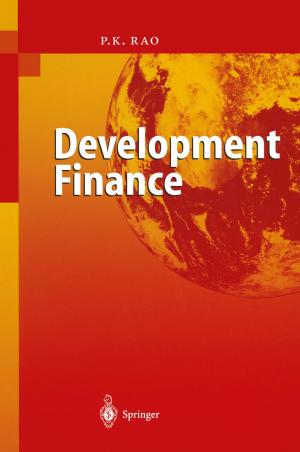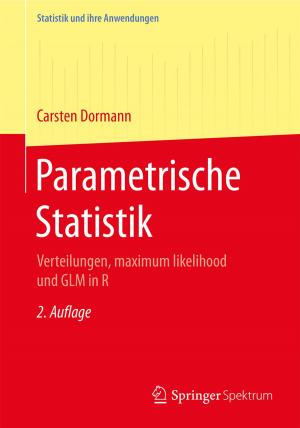Comparative Study of Smart Cities in Europe and China 2014
Business & Finance, Economics, Economic Development, Management & Leadership, Planning & Forecasting| Author: | China Academy of Information and Communi, EU-China Policy Dialogues Support Facili | ISBN: | 9783662468678 |
| Publisher: | Springer Berlin Heidelberg | Publication: | August 26, 2015 |
| Imprint: | Springer | Language: | English |
| Author: | China Academy of Information and Communi, EU-China Policy Dialogues Support Facili |
| ISBN: | 9783662468678 |
| Publisher: | Springer Berlin Heidelberg |
| Publication: | August 26, 2015 |
| Imprint: | Springer |
| Language: | English |
This book, examining smart-city trends and developments from global, Chinese and EU perspectives, shows how the concept of the smart city varies from city to city. A detailed analysis is made to present the smart city as an up-to-date model of world city. Thirty pilot cities answer questions designed by the “Smart City Evaluation Framework,” including managerial entities, stakeholders, project description and performance and whatever else relates to smart cities. By assessing the answers, researchers reveal major trends, best practices and challenges confronting smart city campaigns. Recommendations and solutions are provided. This is a must-read for anyone wishing to understand Chinese and European cities in terms of ideas about city development, plausible practice, natural and geographic conditions, economic structure and infrastructure robustness. Innovation and updates in telecommunication technology is regarded as indicative of city intelligence and green, low-carbon and sustainable development. This innovative book offers an interdisciplinary perspective and shall be of interest to researchers, policy analysts and technical experts involved in and responsible for the planning, development and design of smart cities.
This book, examining smart-city trends and developments from global, Chinese and EU perspectives, shows how the concept of the smart city varies from city to city. A detailed analysis is made to present the smart city as an up-to-date model of world city. Thirty pilot cities answer questions designed by the “Smart City Evaluation Framework,” including managerial entities, stakeholders, project description and performance and whatever else relates to smart cities. By assessing the answers, researchers reveal major trends, best practices and challenges confronting smart city campaigns. Recommendations and solutions are provided. This is a must-read for anyone wishing to understand Chinese and European cities in terms of ideas about city development, plausible practice, natural and geographic conditions, economic structure and infrastructure robustness. Innovation and updates in telecommunication technology is regarded as indicative of city intelligence and green, low-carbon and sustainable development. This innovative book offers an interdisciplinary perspective and shall be of interest to researchers, policy analysts and technical experts involved in and responsible for the planning, development and design of smart cities.















